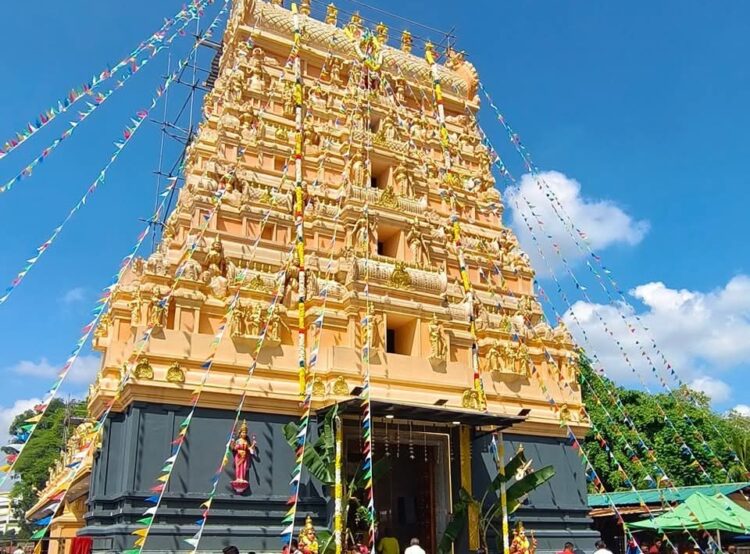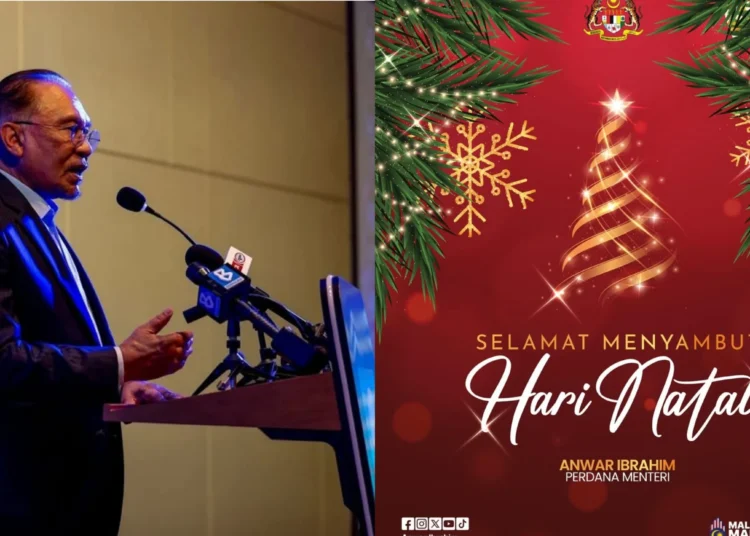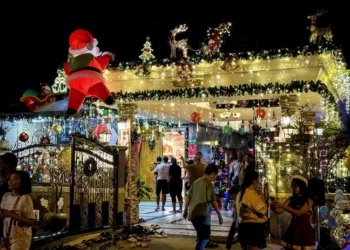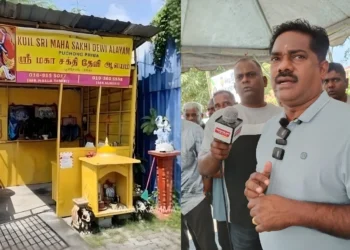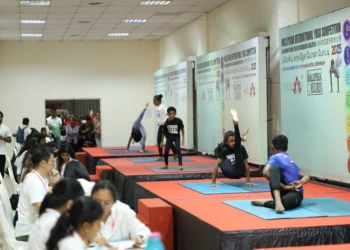The Sri Maha Mariamman Temple PJS 1 in Petaling Jaya held its Thirukuda Nanneeraattu Vizha, commonly known as Kumbabishegam, yesterday. Uniquely, the sacred ceremony was conducted in Tamil instead of Sanskrit, setting a remarkable example of preserving cultural heritage and promoting the use of Tamil in religious rituals. This initiative serves as an inspiration to uphold tradition while encouraging greater awareness of Tamil as a language of prayer and devotion.
The Sri Maha Mariamman Temple was originally established over 100 years ago by Mr. Karuppiah Mandor. Over the years, the temple was relocated twice before finally being built at its current site in 1972, where it has since remained a place of worship and devotion for the community.
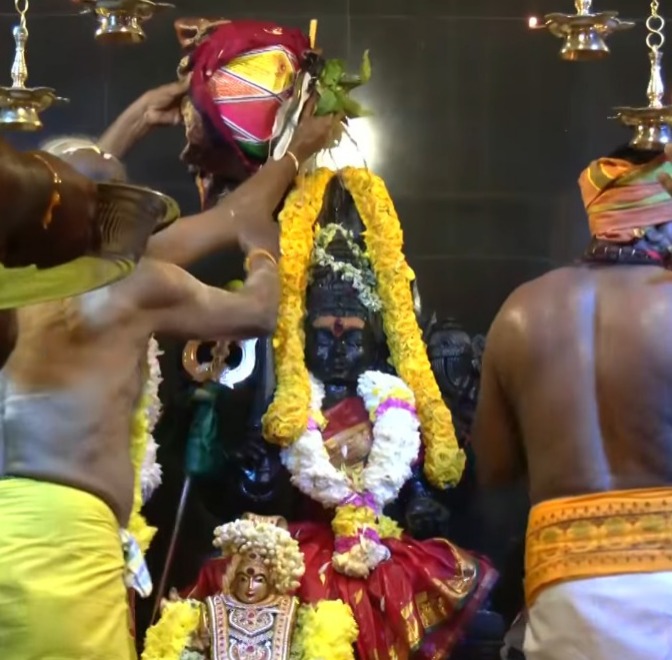
In 2012, a groundbreaking ceremony was held to construct a new temple. Despite facing numerous challenges along the way, the unwavering dedication and support of the devotees ensured the successful completion of this sacred project.
Yesterday, the temple witnessed a grand Kumbabishegam ceremony, drawing thousands of devotees who gathered to participate in the sacred rituals and seek divine blessings. The event not only symbolized the temple’s rich history and resilience but also reinforced the strong spiritual and cultural bond within the community.
Dr. Jayakumar, the trustee of the temple, stated, “We intended to conduct the Kumbabishegam ceremony in Tamil because prayers are usually performed in Sanskrit, making it difficult for devotees to understand. By conducting the rituals in Tamil, everyone could comprehend the prayers, connect emotionally, and worship with deeper devotion.”
He also mentioned that a group of Adiyaargal from Coimbatore traveled to the temple to lead the sacred ceremonies, further enriching the spiritual experience for all attendees.
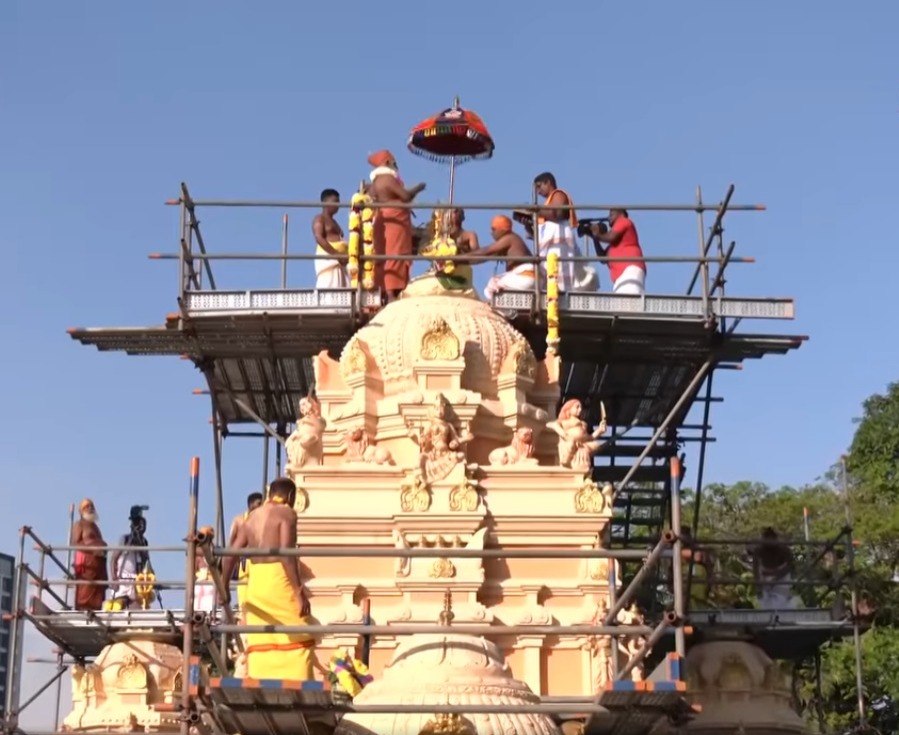
Thirumurai recitation and prayers began two weeks prior to the Kumbabishegam, creating a deeply spiritual atmosphere in preparation for the grand ceremony. It was also announced that moving forward, the Archanai (sacred offerings and prayers) in this temple would be conducted in Tamil, further emphasizing the commitment to preserving the language in religious practices.
Devotees expressed their joy and appreciation for witnessing the Kumbabishegam being performed in Tamil, welcoming this meaningful initiative with enthusiasm. Many shared that every ritual was conducted with great devotion and reverence, accompanied by clear explanations, allowing them to understand and connect more deeply with the prayers. This initiative not only strengthened their faith but also reinforced the importance of Tamil in religious worship.
The Kumbabishegam ceremony at Sri Maha Mariamman Temple PJS 1 was more than just a religious event—it was a powerful reflection of the community’s commitment to preserving cultural heritage and embracing Tamil in spiritual practices. By conducting prayers in a language that devotees could understand and connect with, the temple has set a meaningful precedent for future generations. This initiative not only deepened the spiritual experience but also reinforced the significance of language in worship, ensuring that traditions continue to thrive while remaining accessible to all.
Follow us on Instagram, Facebook or Telegram for more updates and breaking news.


